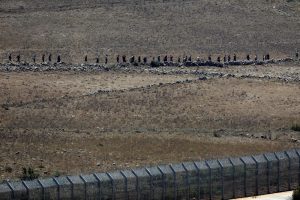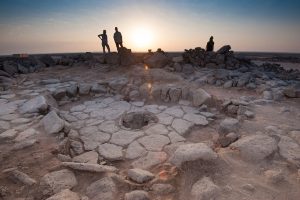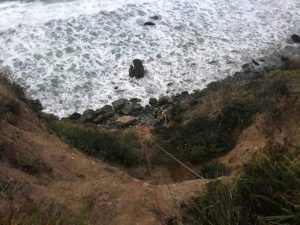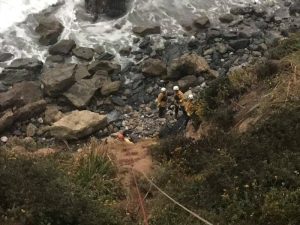
By Jolyn Rosa
HONOLULU (Reuters) – Hawaii lava tour boats faced tighter restrictions on Tuesday after 23 passengers were injured by a volcanic explosion, as authorities investigated whether a vessel hit by “lava bombs” went too close to molten rock oozing into the Ocean.
The U.S. Coast Guard now requires boat captains to stay at least 300 meters (yards) from lava flowing into the Pacific Ocean from the Kilauea volcano on Hawaii’s Big Island.
Up until Monday’s injuries, the Coast Guard had set a limit of 50 meters, safety permitting, for experienced lava boat operators such as Shane Turpin, captain of the boat caught in Monday’s explosion caused by lava mixing with seawater.
An investigation is under way on whether Turpin was outside the restricted area at the time of the blast, said U.S. Coast Guard spokeswoman Amanda Levasseur.
“Once we get the confirmation on that it will be released,” she said by phone.
Turpin, owner of Lava Ocean Tours, said he was well outside the zone at the time of the blast.
“We were headed east away from the flows,” Turpin said in a text message. “My recollection is we were around 200 meters from the flow.”
A video posted on Facebook by Will Bryan, a passenger aboard Turpin’s boat the “Hot Spot”, shows the blast and the sound of screaming passengers as rocks rain down on the boat.
“We didn’t expect to be that close,” said Bryan in a Facebook message to Reuters, adding that he suffered a burn and his girlfriend got ash in her eye.
The injuries were the first on a tour boat from flying lava in recent times, according to Levasseur.
Lava Ocean Tours was set to take tourists out on the sunrise trip at 4 a.m., as usual, on Tuesday, although the “Hot Spot” was taken out of service after a basketball-size “lava bomb” tore a hole through its roof, a company saleswoman said.
Asked if the company had seen cancellations, she said “not really”.
Kalapana Cultural Tours, which competes with Turpin’s company, reported normal boat services and no cancellations.
Ikaika Marzo, president of Kalapana Cultural Tours, witnessed Monday’s explosion from a nearby tour boat.
“We try to make things safe for people when we take them out,” Marzo said in a Facebook post.
Hawaii’s tourist agency reassured visitors it was safe to see Kilauea and its lava, the Big Island’s top attractions.
“Today’s unfortunate event is a good reminder about the risks involved with observing a natural wonder like this one and the reason officials are continuously monitoring the eruption to ensure the public is kept at safe distances on land, in the air and while at sea,” Ross Birch, executive director of the Island of Hawaii Visitors Bureau, said in a statement.
Salespeople for helicopter lava tour companies Blue Hawaiian Helicopters and Paradise Helicopters said it was business as usual on Tuesday and they had seen no cancellations.
(Additional reporting and writing by Andrew Hay in New Mexico; Editing by Alison Williams)












